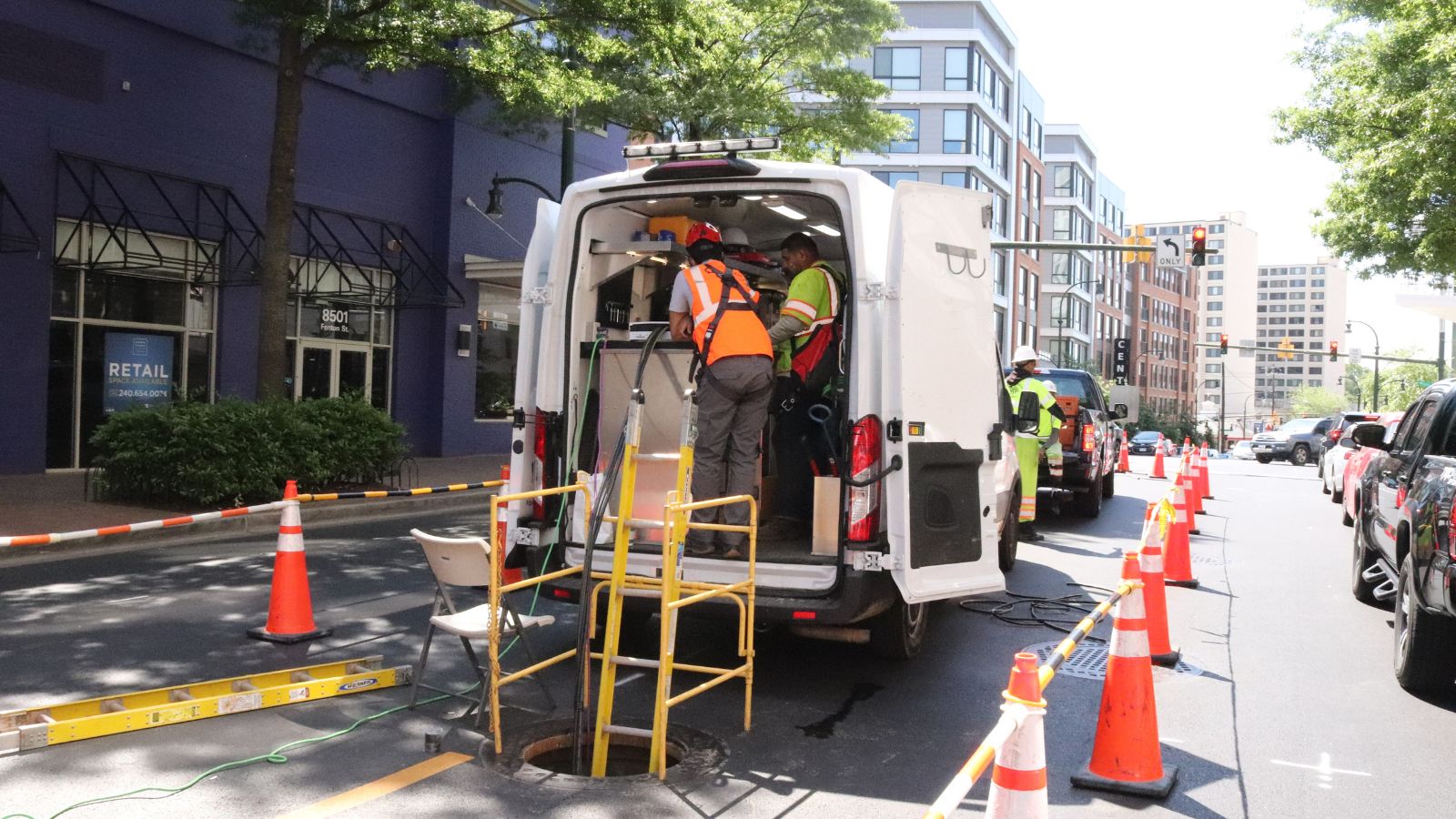When extreme rain hits, water utility workers need to respond quickly to keep communities safe from flooding, sewer overflows, and other hazards.
“These folks are in the trenches, literally dealing with extreme events,” says Katerina Gonzales, a researcher at the University of Minnesota Climate Adaptation Partnership.
She’s helping Seattle Public Utilities find ways to engage their front-line workers in preparing for more extreme weather.
“Oftentimes, planning for adaptation is siloed in planning departments or policy departments, and they don’t value the lived experience of the front-line workers,” Gonzales says.
But she says these workers have a wealth of on-the-ground knowledge. And they can provide utilities with valuable feedback on how plans are working, if new strategies or equipment are needed, or how to better allocate resources.
She says as climate change brings more heavy rain, these employees are shouldering a growing workload.
“We’re seeing more overtime hours during these extreme events, more staff on stand-by, more concern about safety,” she says.
So she says it’s important to include workers in climate adaptation planning.
Reporting credit: ChavoBart Digital Media
Source link


